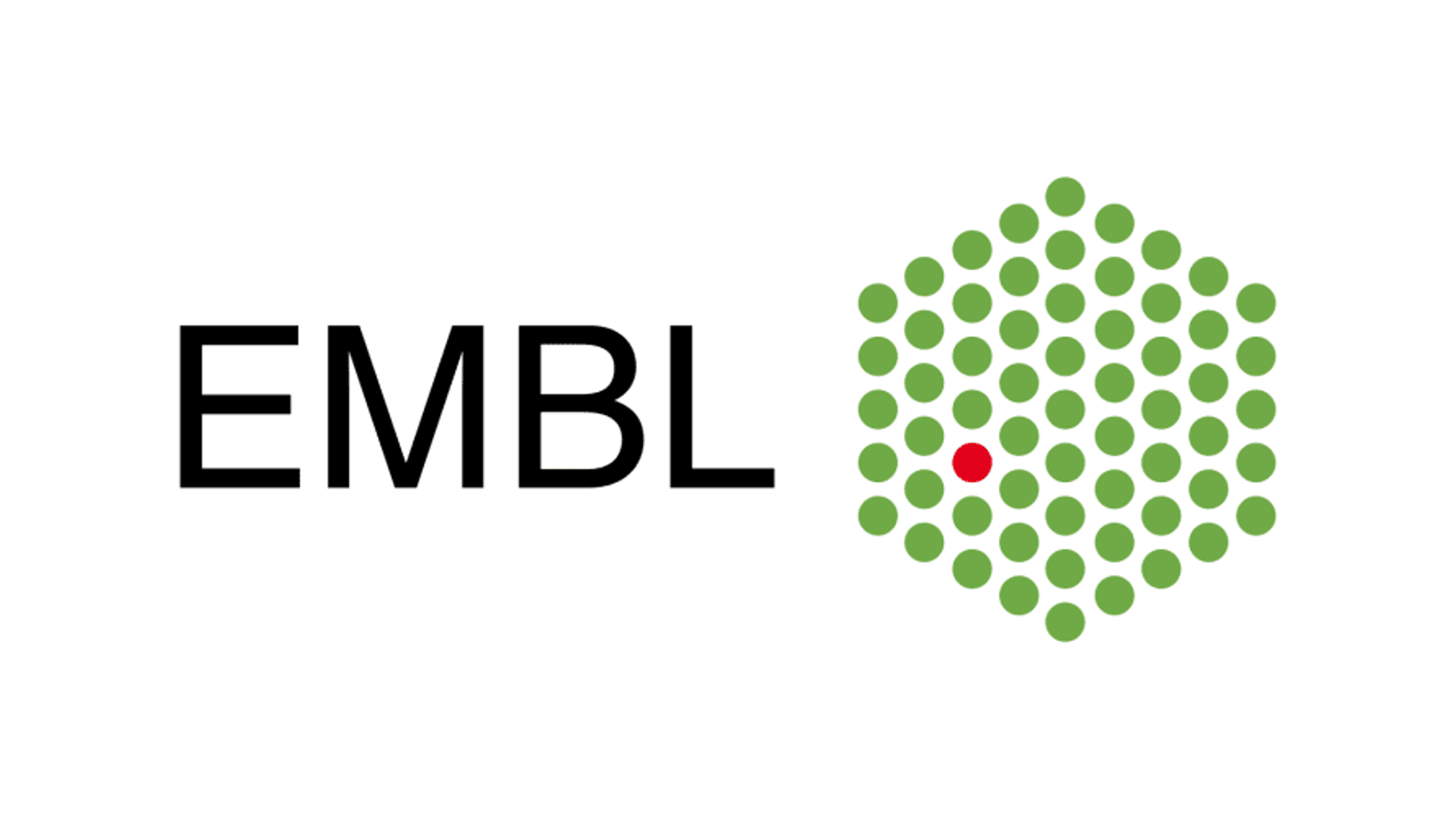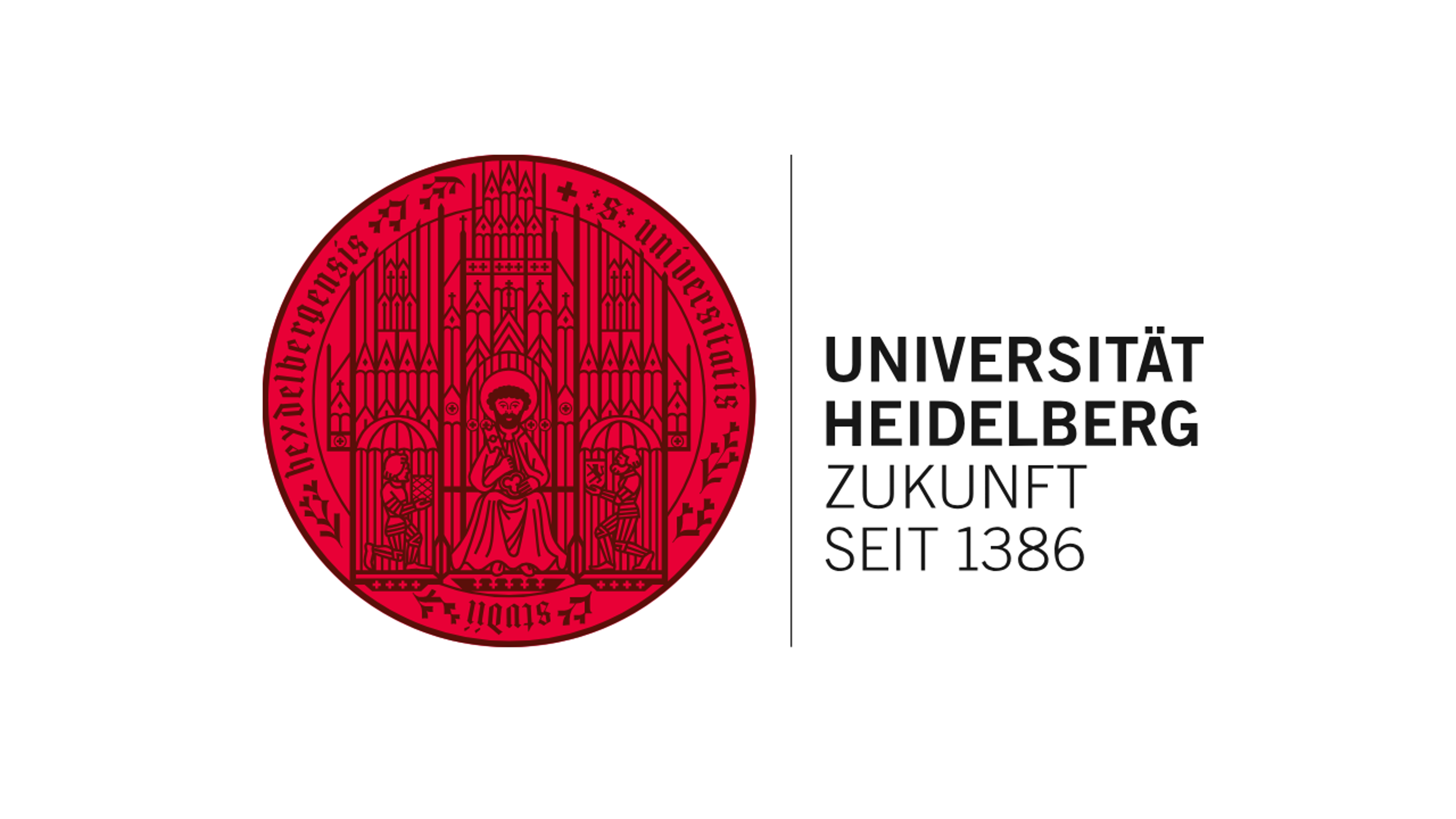New research group leader at the Max Planck Institute for Medical Research
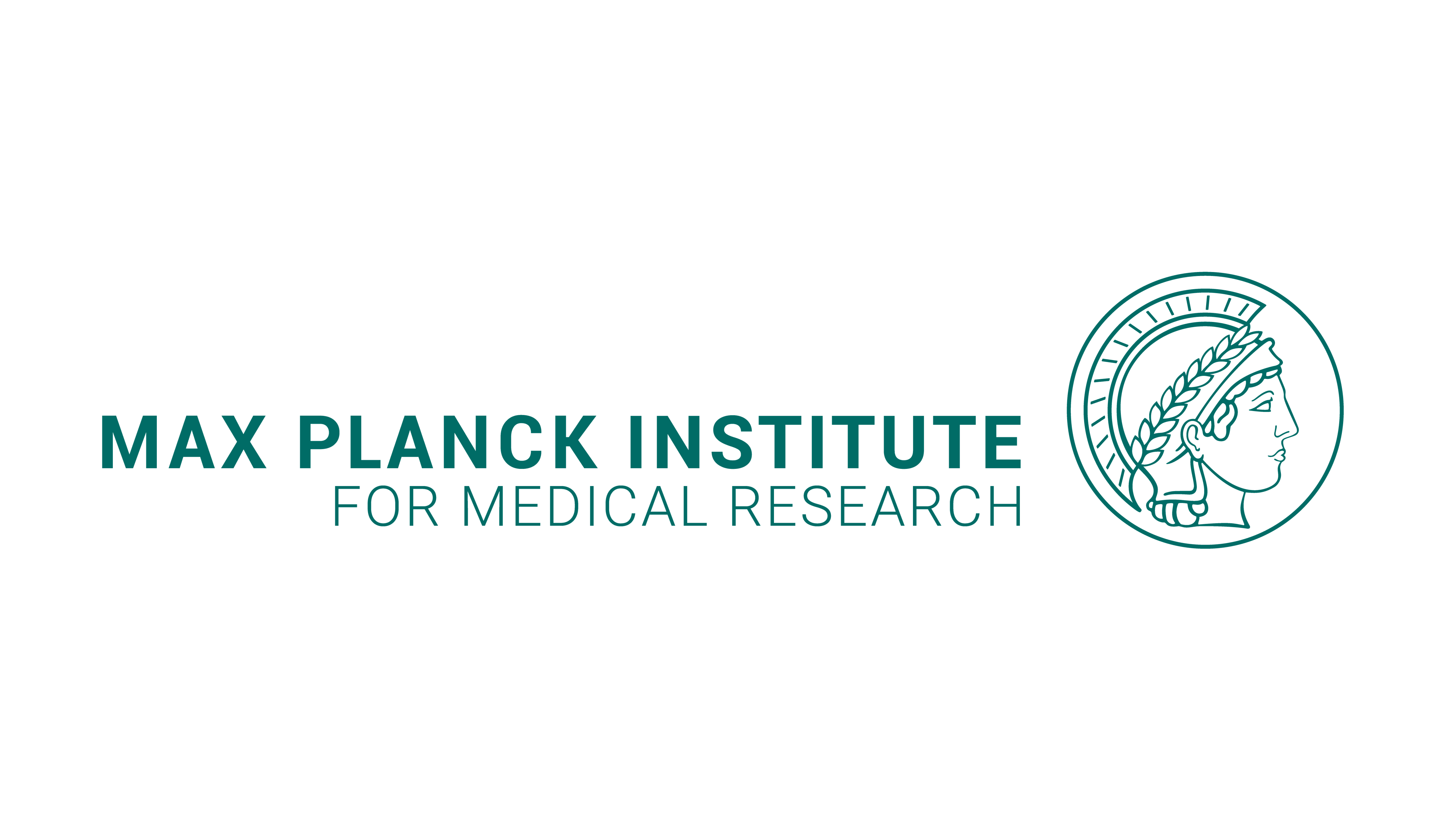
From January 1, 2025, Roman Sarott and his research group “Chemically Induced Proximity” will develop small molecules with special function: they are designed to induce new interactions between proteins in order to reprogram cellular signaling pathways and thereby open up new therapeutic possibilities.
- Roman Sarott has found the ideal environment for his work at the cutting edge between chemical biology and medicinal chemistry at the Max Planck Institute for Medical Research in Heidelberg.
- He sees enormous potential for therapeutic research in the chemically induced proximity of proteins. This is the basis of his work – and the name of his Max Planck research group.
- The goal of his research group is to develop molecules that bring proteins close to each other in cells in order to reprogram cellular signaling pathways for therapeutic purposes.
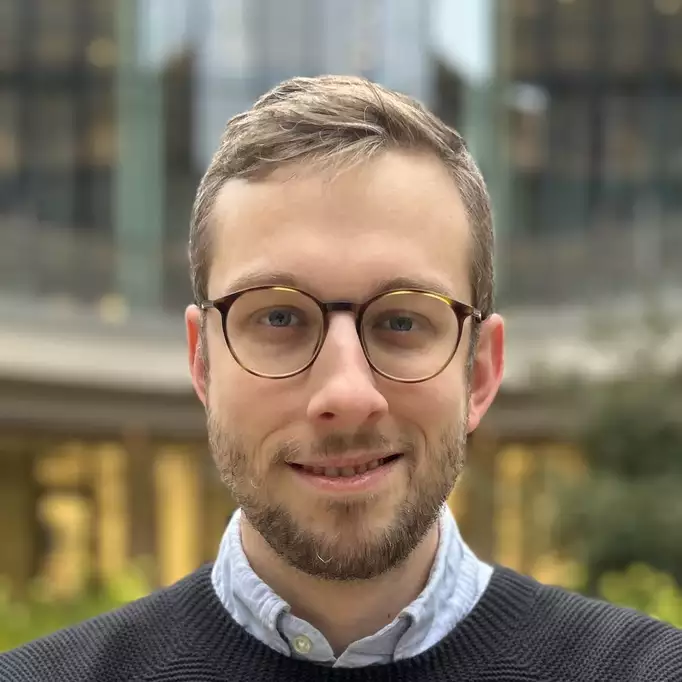
© Roman Sarott
“I am very much looking forward to my new role at the Max Planck Institute for Medical Research. It is the ideal environment for interdisciplinary work and pursuing my research goals,” says Roman Sarott, who most recently worked at Stanford University in California.
“Roman’s research area fits perfectly into the range of topics of our institute and the entire regional science campus. His work at the interface of chemical biology and medicinal chemistry will be a great asset for all of us. We are very happy to have him join us,” says Joachim Spatz, Managing Director of the Max Planck Institute (MPI) for Medical Research, welcoming the new research group leader.
Focus on chemically induced proximity
In Roman Sarott’s opinion, chemically induced proximity offers enormous potential for therapeutic research. It is often enough to bring proteins close together in the cell to influence or radically alter their function. This affects processes such as signal transduction through membrane receptors or epigenetic mechanisms in the cell nucleus. Consequently, small molecules that trigger new interactions between proteins enable predictable reprogramming of cellular signaling.
This is the starting point for Roman Sarott’s research, for which he exploits the spatial proximity of proteins – a unifying regulatory principle in biology. His goal is to develop molecules that rewire cellular signaling pathways without the need for genomic modification of a cell or organism.
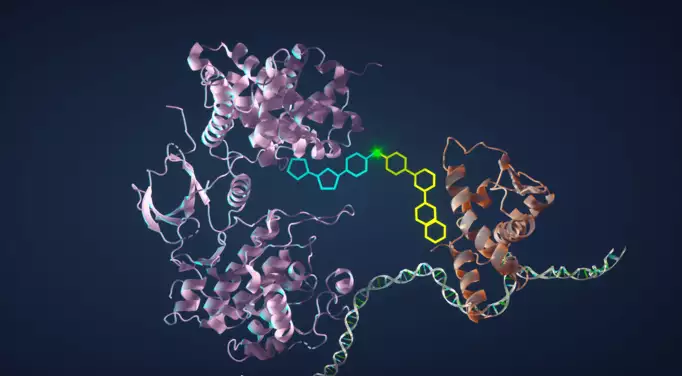
© Ella Maru Studio
Which proteins, which technology?
Which protein pairs need to be brought into close proximity to induce a particular cell fate or therapeutic effect? How do we develop small molecules that induce proximity for a specific protein pair? These are the two fundamental questions that Roman Sarott and his Max Planck research group at the MPI for Medical Research aim to answer. The resulting molecules are both precise tools for basic research and starting points for the development of innovative drugs. Sarott has already gained experience in the latter with the co-founding of a start-up in the field of cancer research (Shenandoah Therapeutics, San Francisco).
Interdisciplinary approach required
“Our success depends on an interdisciplinary approach that combines synthetic chemistry, molecular biology and OMICS approaches,” the chemist is convinced. “I would like to emphasize collaborative projects that leverage the strengths of scientists from different backgrounds to solve our challenging tasks.”
At the MPI for Medical Research, Roman Sarott is in the right place for this. The institute itself has been conducting cutting-edge research in the field of life sciences for almost a hundred years and is also a member of the Health and Life Science Alliance Heidelberg Mannheim, an innovation campus for life sciences and medicine with a global reputation.
About Roman Sarott
Roman Sarott, born in Switzerland, studied chemistry at ETH Zurich. He wrote his master’s thesis at the University of California, Berkeley. He conducted research at F. Hoffmann La-Roche in Basel for several months before returning to ETH Zurich, where he received his doctorate in organic chemistry for his work on “Fluorescent and Photoswitchable Probes for Cannabinoid Receptor”. Since the end of 2021, he has been working as an SNSF Postdoctoral Fellow at the School of Medicine (Stanford Cancer Institute) at Stanford University in California. From January 2025, he will head his own Max Planck Research Group “Chemically Induced Proximity” at the Max Planck Institute for Medical Research in Heidelberg.



